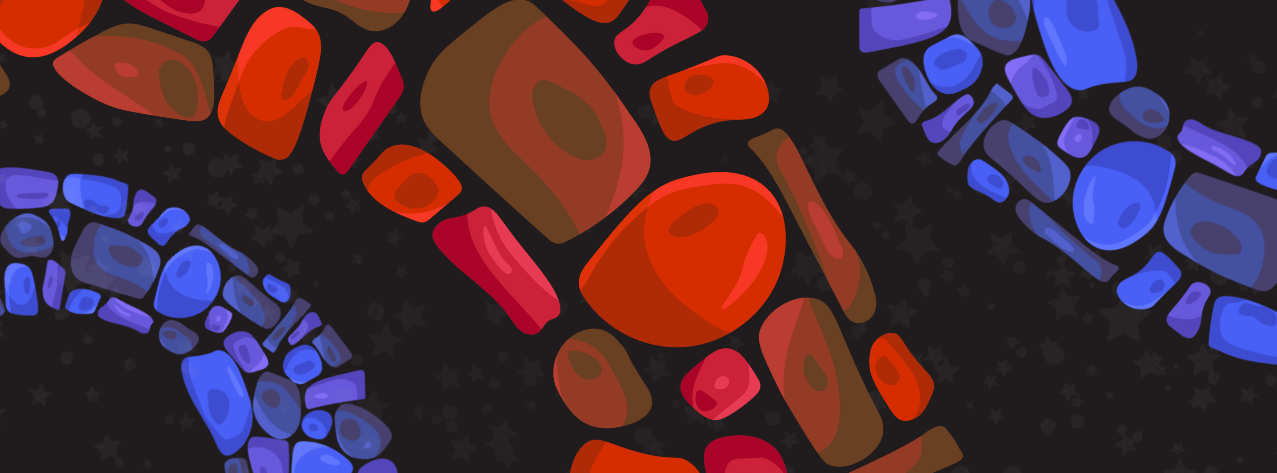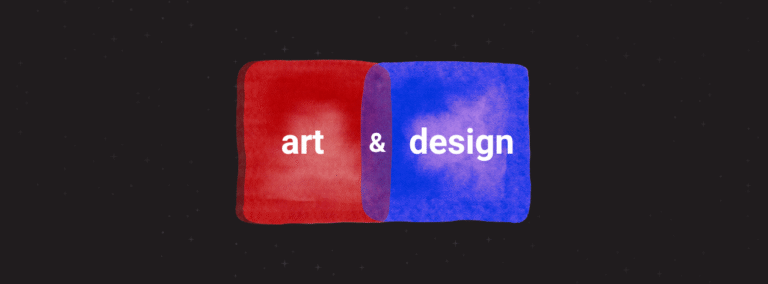“Am I good enough?”—another hard one. Those voices follow creative minds into every studio session, feedback call, late-night brainstorming, and launch day. We learn to control it. We have to.
“Am I good enough?”—another hard one. Those voices follow creative minds into every studio session, feedback call, late-night brainstorming, and launch day. We learn to control it. We have to.
Self-Knowledge: The Ultimate Quality Control
I like approaches like Richard’s 3 N’s: Nuance, Novelty, and Narrative. But before trusting others to judge our art or design, we need to know ourselves, learn from experience, and trust our own work. Self-awareness acts as an internal quality check: when you know your strengths, weaknesses, and core motivations, you can spot where your work truly shines and where it needs refinement. Better yet, the more you learn about yourself, the less you crave external validation. You create because it matters to you, not just to get likes or praise.
Measuring the Immeasurable
“How do I measure art?” We cling to numbers—likes, shares, sales—but art resists metrics. Instead, ask: does my work add meaning or solve a problem? For design, that might be improving usability or brand recognition. For art, maybe it sparks empathy or reflection. When your output aligns with your intent, you know you’re on the right track—even if Spotify streams or commission checks take time.
Art vs. Design: My Perspective
I tend to overthink pixels and colours. Design taught me to channel that introspection into clear solutions. There’s a client with a project that needs structure, a user flow that needs clarity—problem solved. Art, however, invites me to dialogue with messy emotions. And I make space for it.
Perfectionism is the Incubus that suffocates creativity. In design, deadlines keep perfectionism in check: clients demand deliverables, not endless iterations. In art, the absence of strict rules can derail you—waiting for the “perfect” moment often means never starting. Embracing imperfection means sharing raw work and accepting that imperfect is actually a pretty awesome product. It’s real. That authenticity can resonate more deeply than a flawless Instagram post.
Balancing Art Flow & Design Glow
I believe in “Art Flow, Design Glow.” Art Flow is the freedom to experiment—impromptu guitar chords, harmonica ambience, spoken-word confessions, or a Brazilian prayer my mom taught me (This is ROD CIRCUS VOL.2 Intro, btw). Design Glow is the clarity of purpose—solving a user’s problem (the release of the album), crafting a cohesive brand identity, or creating a seamless app experience. When you give yourself space to flow and then apply structure, your work thrives. At least my work does.
The True North: Purpose Over Praise
At the end of the day, our children (and our future selves) just want to see us happy and fulfilled. Maybe, scientifically, it’s all neural fireworks—our brains chasing dopamine. Regardless, focusing on purpose—helping users navigate a website, lifting someone’s spirits with a song, or inspiring a peer—outlasts fickle metrics. If you create from that place, you’ll find your “good enough.”
Creative Truth: Intention
So, is your work good? Only you can decide based on your context and intention. Are you learning and evolving? Is your client—or your future self—satisfied? Is the problem solved? Let self-awareness be your guide: use it to assess and refine. Let your design tackle real challenges and let your art reveal genuine emotion. Release the need for endless approval, and seek feedback only when it matters. In doing so, you may uncover true creative freedom.
I’m simply sharing my journey. Your path will have its own language and context. Embrace it, question it, and above all, keep creating.




